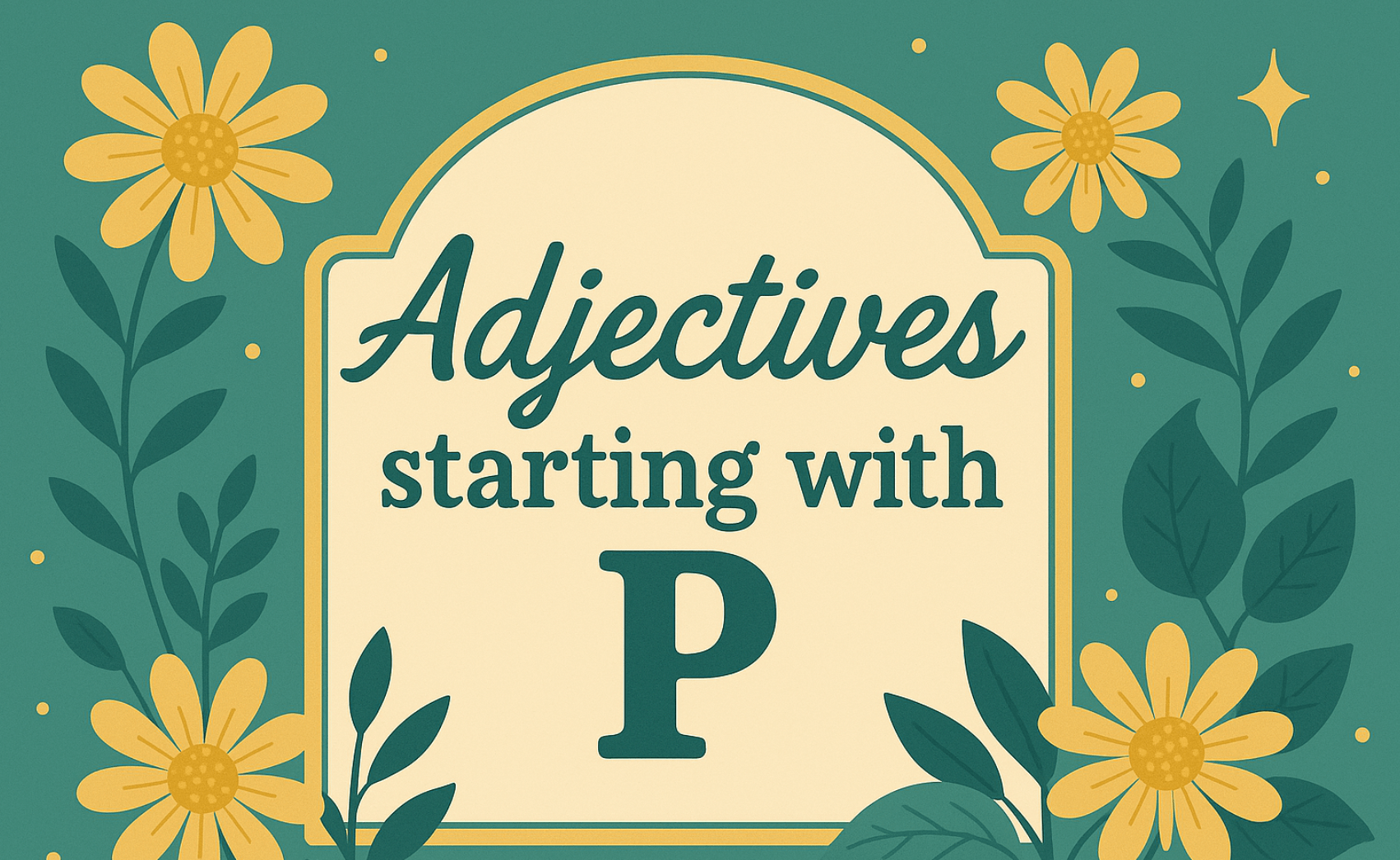Have you ever read a children’s book and thought, “Kids don’t talk like this in real life!”? It’s a common challenge for writers—capturing the authentic rhythm and feel of how people, especially kids, actually speak. Dialogue is the heart of storytelling, and in children’s books, it’s often the bridge that connects the characters to young readers. When done right, it brings characters to life, helps readers connect emotionally, and drives the story forward.
But writing realistic dialogue in children’s books isn’t as simple as copying real-life conversations word for word. Instead, it’s about creating an illusion of real conversation—one that reflects how people talk while still maintaining focus and purpose within your story. This delicate balance is what separates a good children’s book from a great one.
In this article, we’ll explore practical, actionable tips to help you write dialogue that sounds natural, serves your story, and keeps your young audience engaged. From studying real-life conversations to crafting unique character voices, you’ll learn how to turn dialogue into a powerful storytelling tool.
Your Publishing Journey Awaits – Start NowWhat Makes Dialogue Realistic?
Writing realistic dialogue doesn’t mean transcribing exactly what people say. If you’ve ever overheard a real-life conversation, you know that it’s often full of pauses, unfinished thoughts, and filler words. But in fiction, dialogue needs to sound real without bogging down your story. So, what makes dialogue realistic?
- Purposeful Yet Natural: Great dialogue flows naturally while serving a purpose. It reveals your character’s thoughts, emotions, or backstory and propels the plot forward. For instance, instead of having a character say, “I’m sad,” show their sadness through subtle dialogue like, “I don’t feel like going to the park today. Can we just stay in?”
- Reflecting Real-Life Speech Patterns: While real-life conversations often wander, your written dialogue should reflect how people sound rather than mimic their exact words. Use contractions, interruptions, and short sentences to make conversations feel organic. However, avoid the imperfections of everyday conversation that can make writing tedious.
- Balancing Realism and Storytelling: Good dialogue strikes a balance between sounding natural and maintaining focus. For example, instead of including filler like, “Um, you know, like…” use dialogue that’s clear and compelling. While real conversations may contain grammar mistakes, use them sparingly in writing to develop character or convey emotion.
Understanding Your Characters
Consider Your Character’s Personality
When writing realistic dialogue, it’s essential to consider your character’s personality. Think about how their traits, values, and beliefs influence the way they speak. For instance, a confident character might use assertive language, while a shy character might have more hesitant speech patterns. These nuances can make your characters feel more authentic and relatable.
To create dialogue that sounds natural, reflect your character’s personality in their words and speech patterns. Use language that aligns with their character. For example, an introverted bookworm might avoid slang or colloquialisms, preferring more formal language, while an outgoing socialite might use informal, lively expressions. By aligning dialogue with personality, you ensure that each character’s voice is distinct and believable.
Dive into Your Character’s Background
A character’s background and upbringing significantly influence their speech patterns and dialogue. Consider where your character grew up, their family dynamics, and their educational background. These elements shape their language, accent, and communication style.
For example, a character from a rural area might use colloquial language and have a distinct accent, while someone from an urban environment might speak more formally. These details add depth and authenticity to your characters. By diving into your character’s background, you can create dialogue rich in detail and nuance, revealing their unique experiences and perspectives.
Your Publishing Journey Awaits – Start NowKnow Your Audience: Writing Dialogue for Kids
Children’s dialogue is unique—it’s simple, direct, and often playful. Writing dialogue for young readers requires understanding their world and how they communicate.
Tips for Writing Child-Friendly Dialogue:
- Use Age-Appropriate Language: A 6-year-old character won’t use the same vocabulary or sentence structure as a teenager. Observe how kids of different ages talk and incorporate those speech patterns into your writing.
- Make It Engaging: Kids are naturally curious and full of wonder. Their dialogue should reflect their personalities and quirks, whether it’s through enthusiastic exclamations or unexpected questions.
- Avoid Talking Down to Your Readers: Kids are smarter than many adults give them credit for. Write dialogue that’s respectful and authentic without oversimplifying.
By paying attention to how kids speak in real life, you can craft believable dialogue that resonates with young readers.
Study Real-Life Conversations
One of the most effective ways to write realistic dialogue is to study how people actually talk. Everyday conversations are rich with insights into speech patterns, filler words, and unique expressions.
How to Observe Real-Life Speech:
- Listen to Kids and Adults Around You: Pay attention to how people of different ages, regions, and backgrounds speak. What words do they use? How do they structure their sentences?
- Take Notes: Jot down interesting phrases, slang, or quirks you hear in real life. This can inspire your characters’ dialogue.
- Watch films and TV shows: Good screenwriters create dialogue that sounds authentic. Study well-written scripts to see how conversations flow naturally while serving the story.
By observing real-life conversations, you can build a toolbox of speech patterns and expressions to use in your writing.
Crafting Unique Voices for Different Characters
In children’s books, understanding a character’s personality is crucial for giving each character their own distinct voice. This not only makes the story more engaging but also helps readers connect with your characters on a deeper level.
How to Create Unique Voices:
- Reflect the Character’s Personality: Is your character shy, bold, curious, or mischievous? Let their personality shine through their dialogue. For example, a shy character might speak in short, hesitant sentences, while a bold character might interrupt or dominate conversations.
- Consider Their Background: Where is your character from? What’s their family like? Speech is influenced by upbringing, culture, and experiences, so use these details to shape how your characters talk.
- Avoid Stereotypes: While it’s important to give characters distinct voices, be mindful of avoiding clichés or overgeneralizations, especially when writing diverse characters.
Giving each character a unique voice adds depth to your story and helps readers differentiate between them.
Your Publishing Journey Awaits – Start NowConsider the Relationship Between Characters
The relationship between characters also impacts their dialogue. Think about the power dynamics, social norms, and cultural practices that shape their interactions. For instance, a character in a position of authority might use more formal language, while a subordinate character might speak more deferentially.
Consider how these relationships affect communication style, tone, and language. Characters might use humor, sarcasm, or other forms of communication to navigate their relationships. By considering these dynamics, you can create dialogue that is authentic and revealing, deepening the reader’s understanding of the characters and their interactions.
Avoiding the Pitfalls of Bad Dialogue
Bad dialogue can pull readers out of your story faster than anything else. Here are some common mistakes to avoid:
- Overusing Dialogue Tags: Too many “he said” or “she said” tags can make your writing feel repetitive. Instead, use action or body language to show who’s speaking.
- Writing Stiff, Unrealistic Lines: If your dialogue feels robotic or overly formal, it won’t resonate with readers. Focus on how people actually talk.
- Ignoring the Scene’s Purpose: Every line of dialogue should serve a purpose—whether it’s advancing the plot, building tension, or revealing something about a character.
Using Dialogue to Advance the Story
Dialogue isn’t just about making your characters sound real—it’s also a powerful tool for storytelling.
How to Use Dialogue Effectively:
- Reveal Character Traits: Show your character’s personality, values, and relationships through what they say and how they say it.
- Create Tension and Conflict: Use dialogue to build suspense or escalate conflict between characters.
- Provide Subtext: What’s left unsaid is just as important as what’s spoken. Subtext adds depth and intrigue to your dialogue.
Dialogue that moves the story forward keeps readers hooked and invested in your characters’ journey.
Use Subtext to Add Depth
Subtext is the underlying emotion or meaning conveyed through dialogue but not explicitly stated. Using subtext can add depth and complexity to your dialogue, creating a richer reading experience.
Think about what your characters truly mean compared to the words they’re saying. For example, a character might say, “I’m fine,” when they’re actually feeling upset or angry. This layer of meaning adds intrigue and depth to your dialogue.
By incorporating subtext, you create dialogue that is layered and nuanced, rewarding close reading and interpretation. This technique helps to create a more immersive and engaging reading experience, deepening the reader’s understanding of the characters and their relationships.
Writing Dialogue That Sounds Natural (But Isn’t Overly Realistic)
While it’s important to capture the rhythm of natural conversation, overly realistic dialogue can bog down your story.
Tips for Writing Polished Yet Natural Dialogue:
- Trim the Fat: Cut out filler words and tangents that don’t add value to the scene.
- Use Interruptions and Pauses: Mimic real conversations by including interruptions, but keep them purposeful.
- Balance Realism with Readability: Always prioritize clarity and engagement over strict realism.
Polished dialogue feels natural while maintaining focus and flow.
Advanced Tips for Writing Realistic Dialogue
Once you’ve mastered the basics, use these advanced techniques to take your dialogue to the next level:
- Incorporate Regional Speech and Slang: Add authenticity by using dialects and regional expressions—but don’t overdo it.
- Experiment with Overlapping Dialogue: Let characters interrupt or talk over each other to reflect real-life conversations.
- Add Nonverbal Cues: Body language, facial expressions, and pauses can convey just as much as spoken words.
These techniques make dialogue feel even more dynamic and immersive.
Conclusion: The Delicate Balance of Writing Realistic Dialogue
Writing realistic dialogue in children’s books is both an art and a skill. It requires balancing of natural-sounding conversations with serving your story’s purpose. By observing how real people speak, creating distinct voices for your characters, and steering clear of common dialogue pitfalls, you can bring your characters to life and keep your young readers engaged from start to finish.
But writing is just one part of the journey. When it’s time to share your story with the world, partnering with a trusted publishing company can make all the difference. That’s where Spines comes in. With a focus on supporting writers and their creative visions, Spines offers seamless publishing solutions to help you turn your manuscript into a book that shines. Whether you’re a seasoned author or just starting out, Spines has the tools and expertise to guide you every step of the way.
So, keep crafting authentic, memorable dialogue—and when you’re ready, let Spines help you bring your story to life. The world is waiting to hear your voice.
Your Publishing Journey Awaits – Start Now







